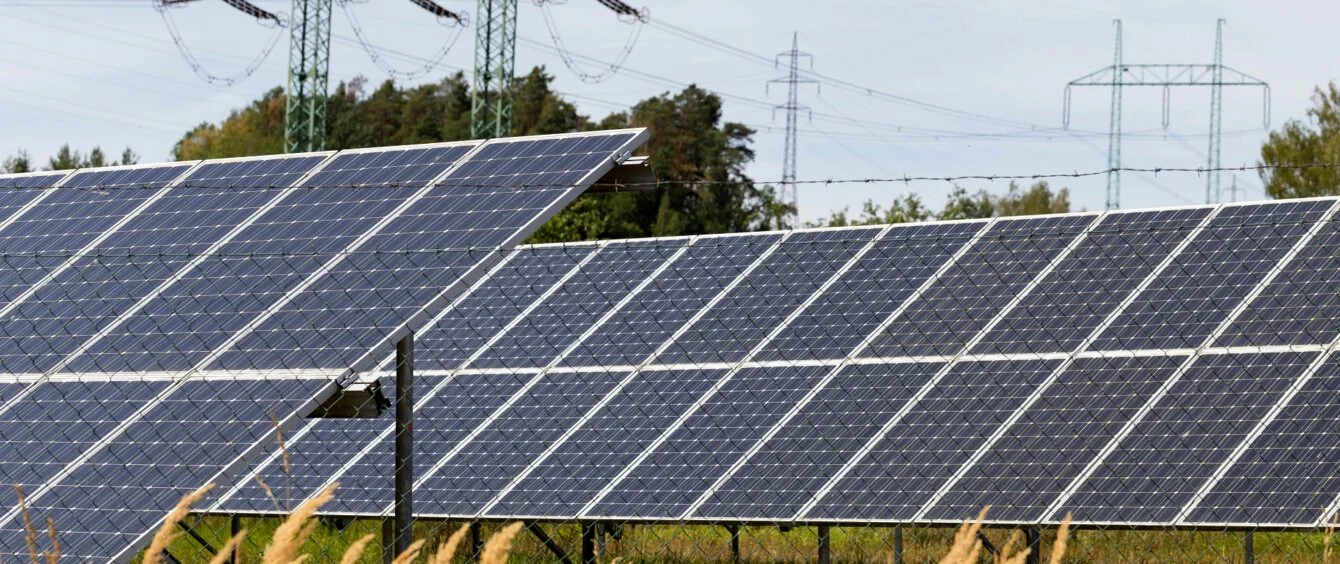Renewable energy usage would already be higher in many countries if their power grids were big enough. This is exemplified by Germany and Portugal which harbour substantial potential for green electricity production, have the requisite generation assets, but often cannot feed power into the network for lack of transmission capacity to the point of consumption. The upshot: Conventional power plants have to jump in.
Power grid capacity must more than double
Therefore, building wind farms, solar PV systems and hydroelectric power stations is pointless in order to ensure carbon-neutral energy supply if there is insufficient transmission capacity. Business information service BloombergNEF (BNEF) calculated the global need for grid expansion in order to achieve net zero by 2050.
The energy transition also entails making more efficient use of energy. This goes contrary to economic development above all in the southern hemisphere. Various assumptions have the same bottom line: worldwide demand for energy in 2050 will not be much higher than it is today.
By contrast, electricity demand will most probably record a significant increase. The authors of the BP Energy Outlook 2023 forecast a rise of about 75 percent by 2050. This is because just one-fifth of energy used worldwide is converted to electricity. Considering all assumptions, this share is likely to rise to one-third or as much as one-half.
What’s more, while many conventional power stations still put electricity on the grid at various regionally distributed points, electricity is now increasingly generated wherever renewables are available. In a large number of countries with moderate climates, this means, for example, that in the winter a large share of electrical energy must come from windy areas or from other countries that have a lot of hydropower, i.e. when it comes to Germany, from the North Sea and from Scandinavia or the Alpine nations.
In addition to mounting demand for electricity, power grids must thus also be capable of handling electricity of constantly differing geographic origin.
According to BNEF, the total length of all transmission and distribution networks must increase from some 68 million kilometres at present to 148 million kilometres. This includes 12 million kilometres of onshore cables and 200,000 kilometres of underwater cables.
Digitisation for more efficient electricity grids
Furthermore, grid quality has to improve. “This future grid needs to be smart, flexible and responsive, enabling us to harness the full potential of renewable energy,” says the study’s lead author Sanjeet Sanghera.
Based on BNEF calculations, this would require 21.4 trillion US dollars (USD) in investments through to 2050. More than a quarter would have to be spent on digitising power grids. And this figure doesn’t even include the smart meters outside of the network.
Smart meters measure electricity flows at points of consumption such as homes and industrial plants and can optimise the cost effectiveness of appliances that can be run at any time of day depending on when electricity is in especially high supply and thus cheap. This can cause, say, a washing machine to start a preselected cycle when the smart meter reports an electricity surplus. This technology is already in use in commercial settings to run refrigeration plants, which have some leeway in regulating temperature.
In addition, the study finds that efficient grid management could extend the lifetimes of existing powerlines while lowering maintenance costs. Nevertheless, the authors put the maintenance cost of existing electricity grids alone at USD 4.1 billion.
Policymakers must enable grid expansion
Whereas BNEF believes the task of building the required power grids lies with industry, the information service finds that stimulus must come from governments. “Significant policy intervention is required to realize this scale of investment in the grid,” the BNEF blog says. Simplified, standardised approval processes as well as market structures that set incentives for constructing digital, flexible electricity networks are deemed imperative.
The global grid expansion analysis is part of the New Energy Outlook 2022, in which BNEF provides two energy transition scenarios through to 2050. The Economic Transition Scenario describes a cost-based energy transition that follows innovation paths driven by purely economic considerations. The Net Zero Scenario portrays a picture of an energy transition in line with the Paris climate goals.
photo credit: © Kajano, shutterstock.com
